Hey there, my friend! Are you ready to dive into the fascinating world of cultural marketing? Buckle up. We’re about to start a journey. It will show you the incredible power of adapting your brand to different cultures.
Let me start by sharing a personal anecdote. When my best friend Sara moved to a new country for her studies, I warned her about the “culture shock.” Little she did know how true those words would ring! People interacted and products they consumed seemed so different. They were different from what she was used to.
That’s when she realized the importance of cultural adaptation. Brands want to make real connections with their audiences. They need to speak their language, both literally and figuratively.

Key Takeaways
- Cultural adaptation is crucial for brands to connect with diverse audiences
- Social norms, rituals, and ceremonies influence consumer behavior
- Understand cultural nuances through research and local partnerships
- Tailor messaging, visuals, and experiences to resonate with target audiences
- Avoid stereotypes and assumptions; approach with respect and sensitivity
The Impact of Social Norms on Consumer Choices
Social norms play a massive role in shaping consumer behavior. A gesture or a product can hold very different meanings across cultures. These differences are simple but vast. For instance, in some cultures, drinking alcohol is fine. But, in others, it’s frowned upon due to religion.
“Dude, you’ll never believe what happened! I was watching YouTube, and suddenly an ad for vodka popped up. Back home, I’d rarely seen alcohol ads, but here, it’s like they’re everywhere!
In India, for example, the Cable Television Network Act of 1995 banned direct alcohol ads. This led brands to use surrogate marketing tactics. But the recent ban on surrogate marketing has forced companies to adapt. Sula Vineyards is one of them. They have had to tap into the global lifestyle shown in OTT content.
Cultural Adaptation: More Than Language
Let’s be clear. Cultural adaptation is not just about translating websites or packaging. Translating is called localization. Nope, it goes much deeper than that.
We’re talking about using political and religious beliefs, societal standards, visuals, and more. This is to create ideas that really resonate with your target audience. For example, in high-context cultures like Japanese, Arabic, and Latin American, ads use nationalist and patriotic brand images. The same is true for French and Italian cultures. They are low-context cultures, such as Swiss, German, Scandinavian, and English. They might prefer a more subtle approach.
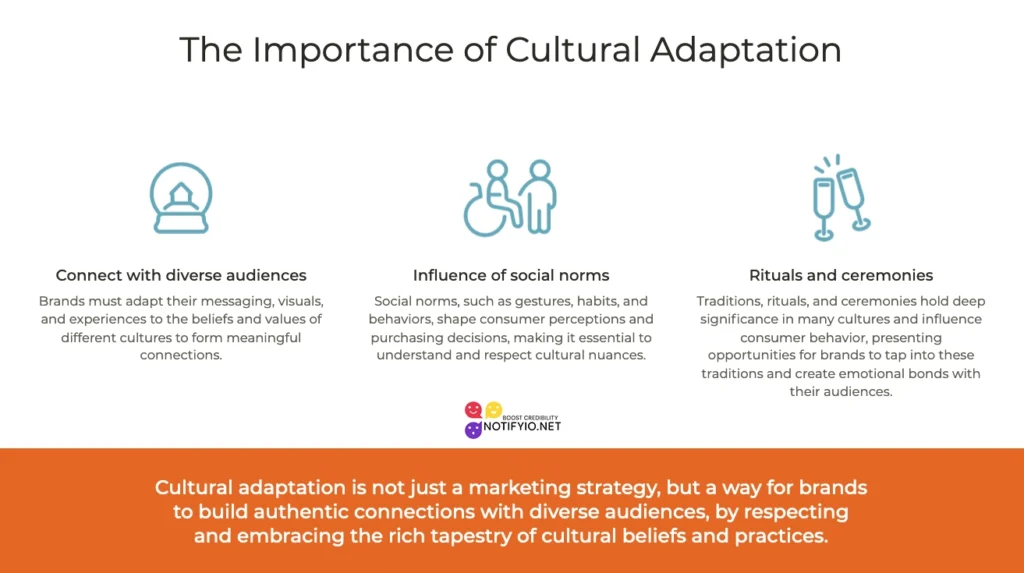
Hofstede’s cultural dimensions theory is a handy tool for understanding these differences. It defines six dimensions on which national and cultural groups differ the most:
- Power Distance Index
- Individualism vs. Collectivism
- Masculinity vs. Femininity
- Uncertainty Avoidance
- Long-term vs. Short-term Orientation
- Indulgence vs. Restraint
Let’s look at how advertising agencies tackle the same product. They do so in two very different cultures. This is based on Hofstede’s insights for Bangladesh and the United Kingdom.
Case #1: Pregnancy Ads
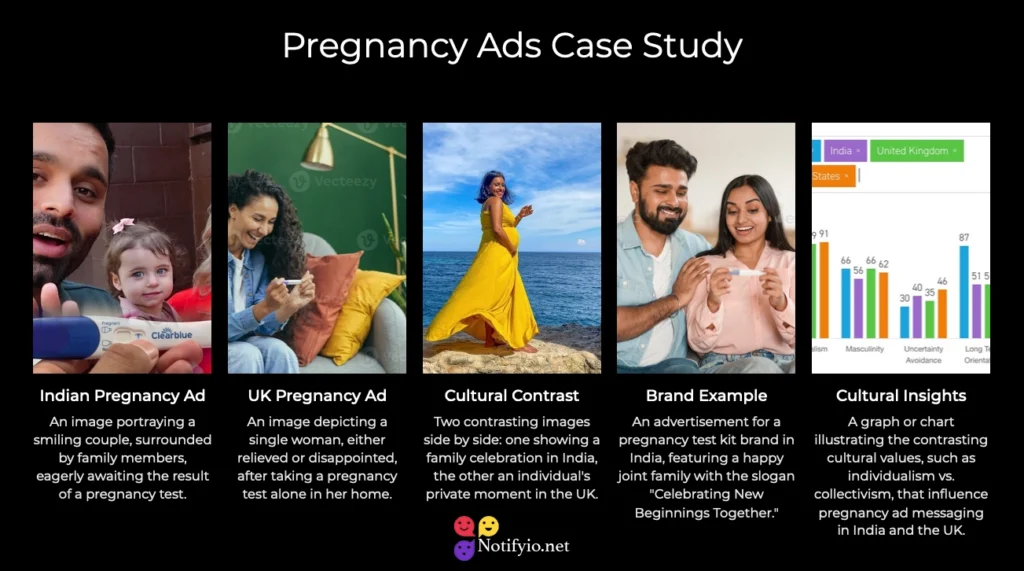
In India, pregnancy ads often took on a family tone. They showed scenarios where the husband and wife eagerly awaited pregnancy test results. The mindset treated pregnancy as a choice by married people. It was something to celebrate.
| Indian Pregnancy Ads | UK Pregnancy Ads |
|---|---|
| Familial tone | Individual reactions |
| Married couples | Younger women |
| Celebration | Mixed emotions (hoping for positive or negative results) |
I remember seeing these ads in India. A pregnant woman would hold up a positive pregnancy test with a big smile. It was like a moment of pure joy! But then I moved to the UK. The ads seemed to focus on individual reactions. Some women hoped for a negative result, others for a positive one.”
The ads’ narrative embodies the values of each place. This makes the ads “site-specific and space-led.””
Case #2: Alcohol Advertising
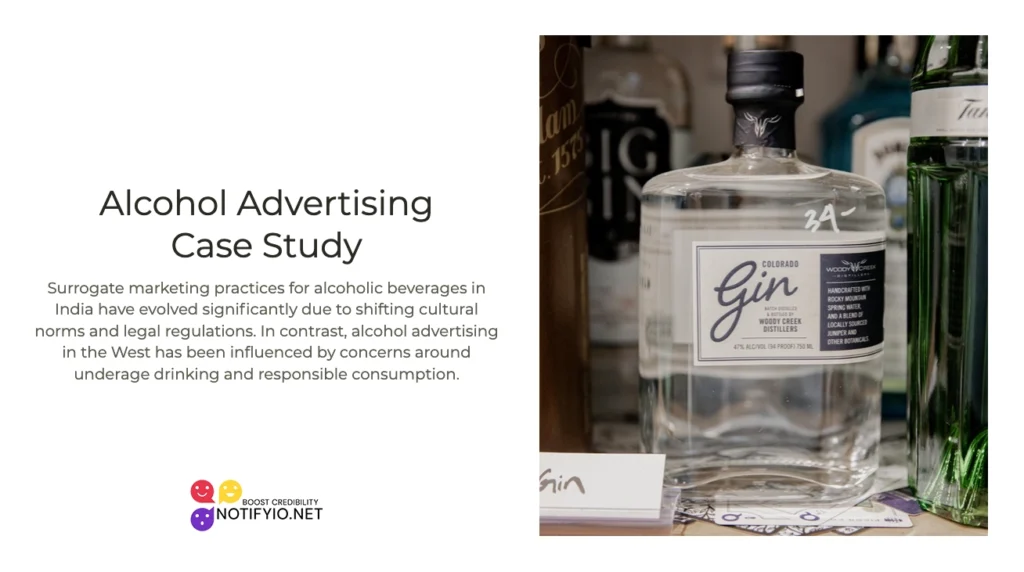
Remember that vodka ad I mentioned earlier? It got me thinking. People have different attitudes towards alcohol in different cultures.
In India, drinking isn’t as celebrated as in the West. Many families abstain due to religion. Until recently, brands had to use surrogate marketing. They used it to promote their alcoholic drinks.
Kingfisher is a popular beer brand in India. They indirectly promoted their beer by sponsoring the Indian Premier League cricket tournament.”
In Europe and America, advertising laws focus on different things. They aim to protect minors and steer people from excessive drinking.
Rituals and Ceremonies: The Key to Consumer Connections
Let’s talk about something embedded in our cultures: rituals and ceremonies. These traditions can significantly impact consumer behavior and purchasing patterns.
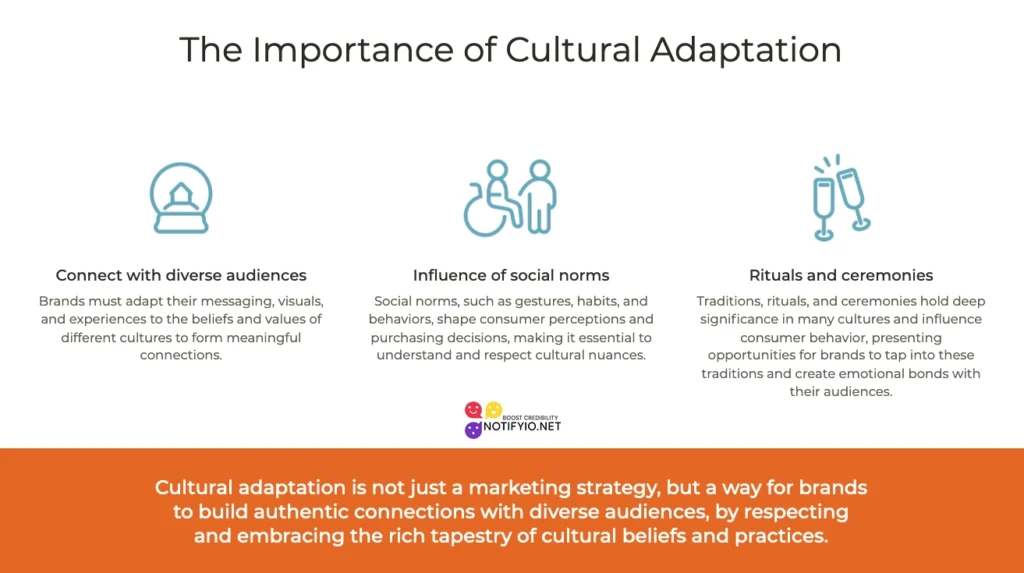
Think about it. Haven’t you found yourself buying gifts for loved ones during the holiday season? Or exchanging sweets and treats during Diwali? These behaviors are interactive. They link consumers and brands. They help form emotional ties. They link buying with deeper meaning.
Brands can tap into consumers’ beliefs and traditions. This can give meaning to their products and deeply connect with audiences.
The Path to Cultural Marketing Success

Now, I know what you’re thinking: “This all sounds great. But, how do I do cultural marketing?”” Well, my friend, here are some tips to help you out:
- Research, research, research. Do regular market research. Gather feedback from target users in their cultural contexts. This will help you see how well your current strategies work. It will also help you understand how to adapt them well.
- Partner up: Collaborate with local experts, influencers, or organizations. This will boost your credibility. It will also strengthen your brand’s position in the target market.
- Avoid assumptions: Approach cultural adaptation with respect and sensitivity. Avoid stereotypes and assumptions at all costs. Remember, consumer preferences and behaviors are constantly evolving, so stay open-minded and adaptable.
- Tailor your approach: Cultivate cultural intelligence into all aspects of your business and marketing. Tailor your messaging, visuals, packaging, and promotions to resonate with the beliefs and values of your target audience.
FAQs
Why is cultural adaptation important for brands? Brands create meaningful connections with diverse audiences through cultural adaptation. They tailor their messages, visuals, and experiences to match the beliefs and values of specific cultures.
How do social norms influence consumer choices? Social norms vary across cultures. They include gestures, habits, behaviors, and product meaning. These differences shape consumer perceptions and purchasing decisions.
What is the difference between localization and cultural adaptation? Localization is translating content into different languages. Cultural adaptation goes beyond language. It involves adapting to the politics, religion, and society of a specific culture.
What is Hofstede’s cultural dimensions theory? Hofstede’s cultural dimensions theory defines six dimensions. These are where national and cultural groups differ the most. They include the Power Distance Index. Also, there are Individualism vs. Collectivism, Masculinity vs. Femininity, and Uncertainty Avoidance. There are also Long-term vs. Short-term Orientation, and Indulgence vs. Restraint.
Why are rituals and ceremonies important in cultural marketing? Rituals and ceremonies are a big part of cultures. They can greatly impact how consumers behave and what they buy. Brands can tap into these traditions. They can form emotional bonds with consumers and give meaning to their products.
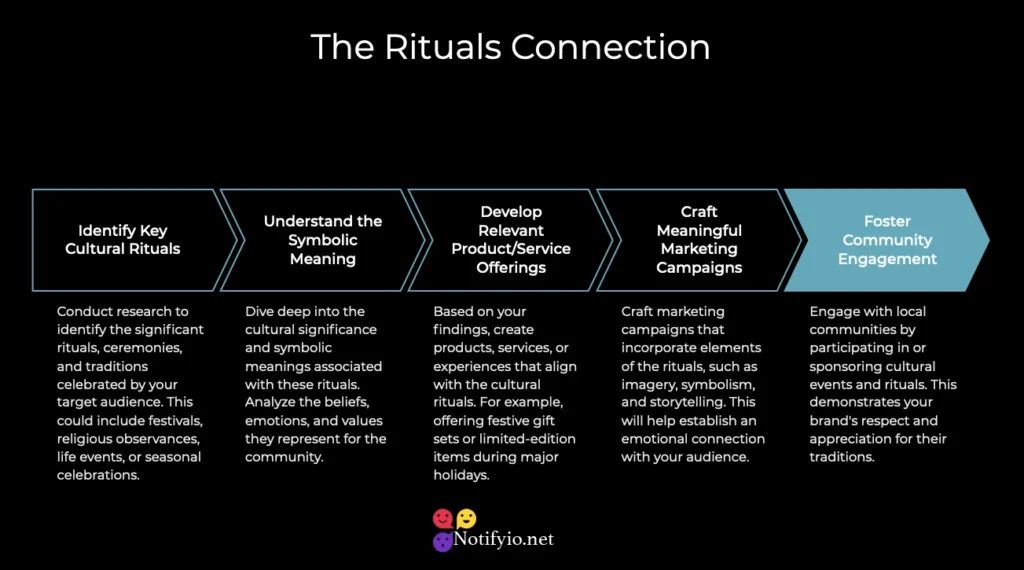
How can brands avoid stereotypes and assumptions in cultural marketing? Brands should approach cultural adaptation with respect and sensitivity, avoiding stereotypes and assumptions. They should do thorough research. They should partner with local experts. They should stay open-minded and adaptable to changing consumer preferences and behaviors.
What are some examples of cultural adaptation in advertising? Adapting ads to culture means tailoring messages and visuals. For example, ads for pregnancy often reflect cultural values. They show family-focused values, as opposed to individual ones. Adapting to local laws is also key. For instance, surrogate marketing for alcohol in India. Another part is including cultural traditions and rituals in ads.
How can brands conduct effective market research for cultural adaptation? Brands can do market research for cultural adaptation effectively. They should gather feedback from target users within their cultures. They can partner with local experts or organizations. And, they should regularly assess the effectiveness of their current marketing strategies.
Why is it important to tailor messaging and visuals to specific cultures? Tailoring messages and visuals to specific cultures is important. This is because different cultures value different brand imagery and messaging styles. For example, high-context cultures tend to value nationalist and patriotic brand imagery. Low-context cultures may prefer a more subtle approach.
How can brands enhance their credibility when entering new cultural markets? Brands can boost their credibility in new cultures by partnering with local experts. They can be influencers or organizations. This gives valuable insights into the target culture. It also strengthens the brand’s position and trust in that market.
Remember, my friend, the magic lies in the marketing stance a brand takes. Tailoring campaigns to cultural mindsets takes much effort and research. But, the rewards of connecting with diverse audiences are well worth it. So, embrace the power of cultural marketing and watch your brand soar to new heights!




Leave a Reply